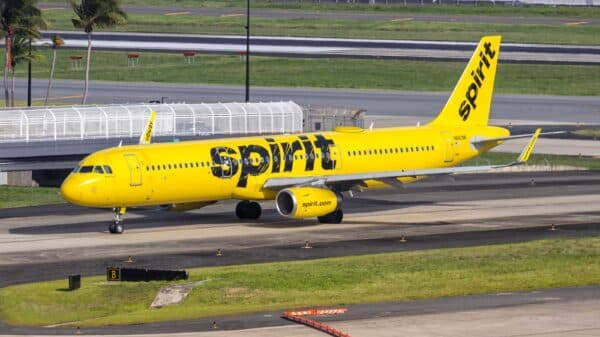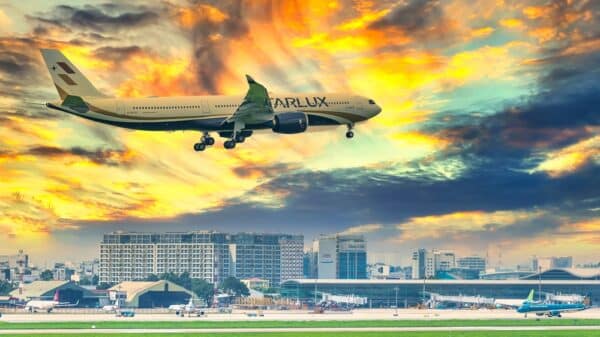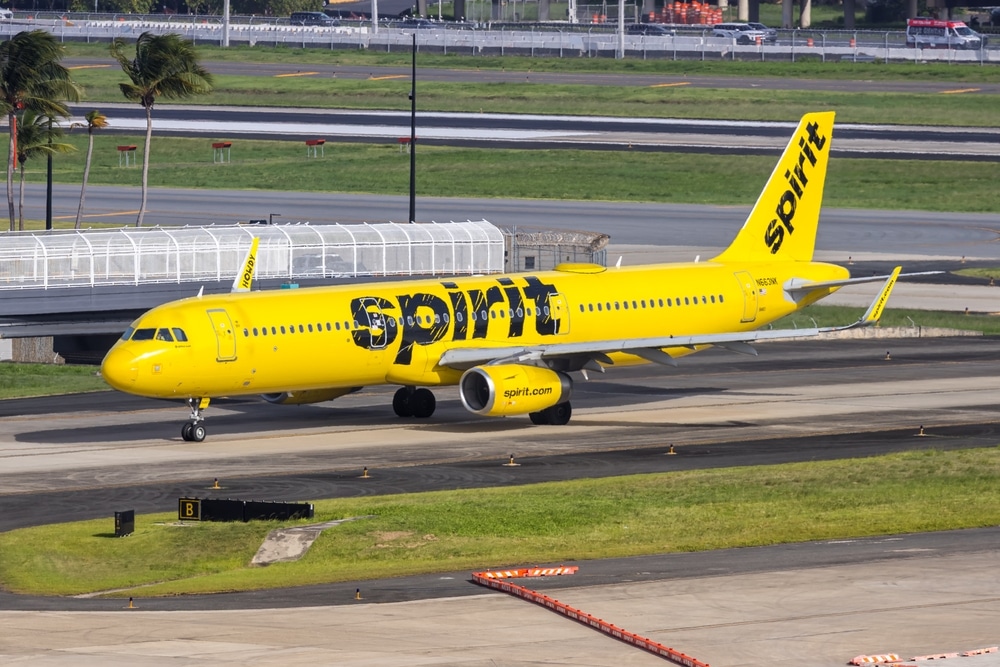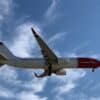Bankrupt Spirit Airlines remains in pursuit of a merger that could secure its future in the competitive airline industry. The budget carrier, based in Dania Beach, Florida, recently informed investors that it is “actively engaged in discussions with a number of interested counterparties,” indicating that talks around potential mergers or acquisitions are underway.
Since filing for Chapter 11 reorganization for the second time in under a year back in August, a merger or sale of Spirit Airlines has been considered one of the most favorable resolutions. The airline has faced considerable challenges in increasing revenues faster than rising costs, especially in the aftermath of the COVID-19 pandemic, leading to significant financial losses.
Market Impact of Spirit’s Potential Merger
Wall Street analysts suggest that airlines such as Frontier Airlines and JetBlue Airways stand to gain the most should Spirit Airlines exit the market. Furthermore, other airlines, including Southwest Airlines, would also likely benefit from Spirit’s absence, reshaping the competitive landscape in the industry.
Spirit has made multiple attempts to merge with Frontier and JetBlue since 2022, all of which have not come to fruition. The recent disclosure made to the Securities and Exchange Commission on October 14 also outlines the airline’s strategies should it emerge from bankruptcy as an independent entity.
Planned Restructuring Post-Bankruptcy
One significant strategy involves further reductions in its flight schedules. Spirit anticipates being roughly 20% smaller by 2026 than it is today, with additional cuts layered on top of the existing reductions. According to data from aviation analytics firm Cirium, the airline’s seat capacity is expected to drop by 24% in 2025.
Despite these reductions, Spirit Airlines is optimistic about resuming “modest growth” in 2027, aiming for a steady annual growth rate of around 9% thereafter. This plan indicates a cautious approach to rebounding in the industry.
Fleet Consolidation for Reliability
Another crucial aspect of their restructuring plan is the consolidation of their fleet to include only the reliable Airbus A320 and A321 models. The airline intends to phase out the newer A320neo and A321neo planes, which have been problematic due to Pratt & Whitney engine issues. As of September, 38 A320neo-family planes were grounded for maintenance, and the airline has requested court approval to return over 100 aircraft to their lessors.
Rebranding for a New Era
Arguably, one of the most ambitious aspects of Spirit’s plan is to reposition its brand to appeal to a more upscale market segment. The airline aims to transform its perception from a low-cost carrier into a choice for a “value-seeking audience.” This transition may prove challenging given Spirit’s historical stance as an affordable yet less popular option among travelers, particularly as competitors provide superior products for similar prices.
Ahmed Abdelghany, an associate dean at Embry-Riddle Aeronautical University, suggests that traveler preferences have evolved since the late 2010s. As travelers have become more acquainted with the offerings of full-service airlines, this shift has benefited larger carriers, driving a demand for higher-quality services.
In response to these changes, Spirit has upgraded its Big Front Seat into a “business class” offering and introduced extra-legroom premium economy seats, aligning with current market trends.
Cost Management and Route Optimization
Integral to Spirit’s recovery is a commitment to managing escalating costs that have surged since the pandemic. In addition to fleet size reduction, the airline has issued furlough notices to hundreds of its pilots and flight attendants while also eliminating over a dozen unprofitable routes from its portfolio. This focus on efficiency and cost management is essential for Spirit as it navigates its challenging financial situation.
Overall, the future of Spirit Airlines remains uncertain as it grapples with potential mergers, fleet restructuring, and brand repositioning. While the path to recovery will require significant adjustments and strategic planning, the airline is seemingly prepared to evolve in the competitive aviation market.





























